Circumferential Abdominoplasty (Reconstructive surgery) After Significant Weight Loss in Newcastle, Maitland & Hunter Valley Australia
Book Online NowSignificant weight loss, often achieved through bariatric surgery or dedicated lifestyle changes, can leave behind excess skin that cannot be resolved with diet or exercise alone. This much loose skin can cause physical discomfort and skin irritation. Circumferential abdominoplasty, also referred to as a 360-degree abdominoplasty, body lift or belt lipectomy, is a surgical procedure aimed at removing excess skin and fat from the abdomen, hips, thighs, and buttocks. This procedure is just one of the many types of abdominoplasty options available for post-weight loss patients, each tailored to the individual’s needs.
Key Takeaways
- Circumferential Abdominoplasty: This comprehensive procedure removes excess skin and fat from the abdomen, hips, thighs, and buttocks.
- Dr. Bernard Beldholm’s Expertise: With a focus on post-weight loss body contouring, Dr. Beldholm provides a range of abdominoplasty options, including circumferential body lift, to focus on the unique needs of patients with loose skin post weight loss.
- Various Abdominoplasty Options: Circumferential abdominoplasty is just one of several techniques, including lower circumferential abdominoplasty and upper torsoplasty, each tailored to target different areas of the body affected by excess skin and fat.
- Ideal Candidates: Suitable for individuals who have lost a significant amount of weight and are dealing with excess, hanging skin that cannot be resolved through diet or exercise alone. Candidates should have maintained a stable weight for at least six months and be in good general health.
- Comprehensive Body Contouring: The procedure can be combined with other treatments like suction-assisted lipectomy and thighplasty.
- Recovery and Results: Recovery takes time, and post-surgery care is essential for the best outcomes. Compression garments, pain management, and follow-up appointments are key to a smooth recovery and optimal final results.
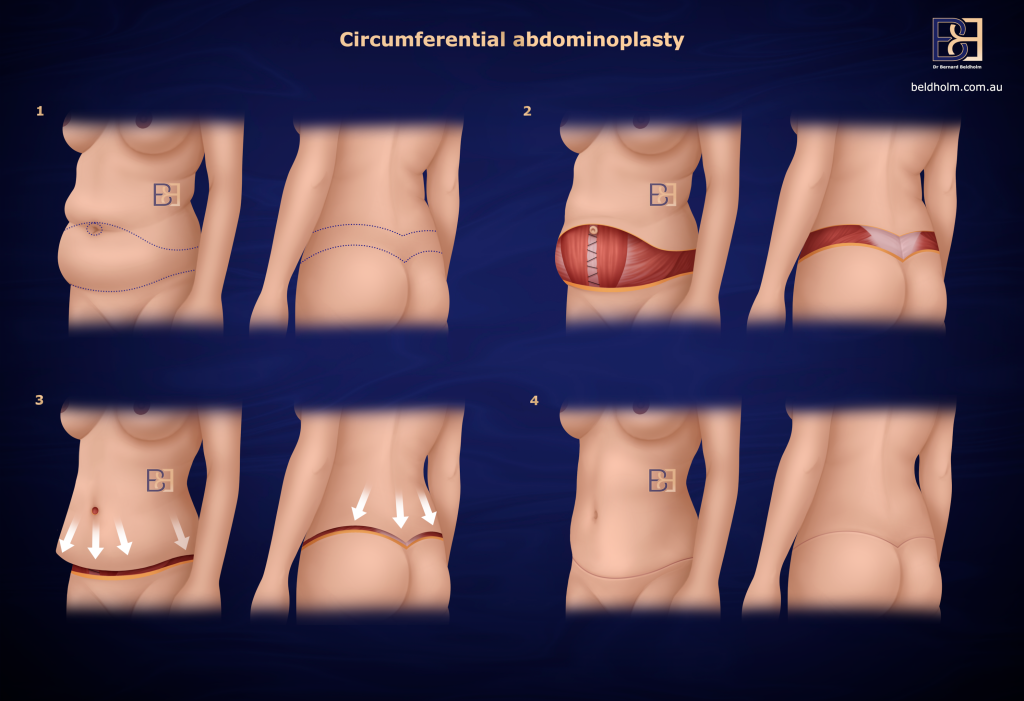
Understanding Circumferential Abdominoplasty Surgery
Belt lipectomy, also known as a circumferential body lift, is a comprehensive procedure designed to reduce the amount of excess vertical skin that often results after significant weight loss. Unlike other body lift surgeries, belt lipectomy focuses on lifting and tightening the areas of the body affected by loose skin in the vertical direction. This procedure not only targets the abdomen but also helps lift the lateral thigh area, flanks, and buttocks, providing a comprehensive solution for reshaping the lower torso.
Book Online NowThe main benefit of belt lipectomy is its ability to remove excess skin around the body’s circumference. However, it’s important to recognise that belt lipectomy is most effective for patients dealing with vertical skin excess. For individuals who have excess horizontal skin, particularly in the abdomen, a Fleur de Lis abdominoplasty may be a better option. The Fleur de Lis technique focuses on both vertical and horizontal skin excess, providing more comprehensive results for patients with significant skin laxity in the abdomen.
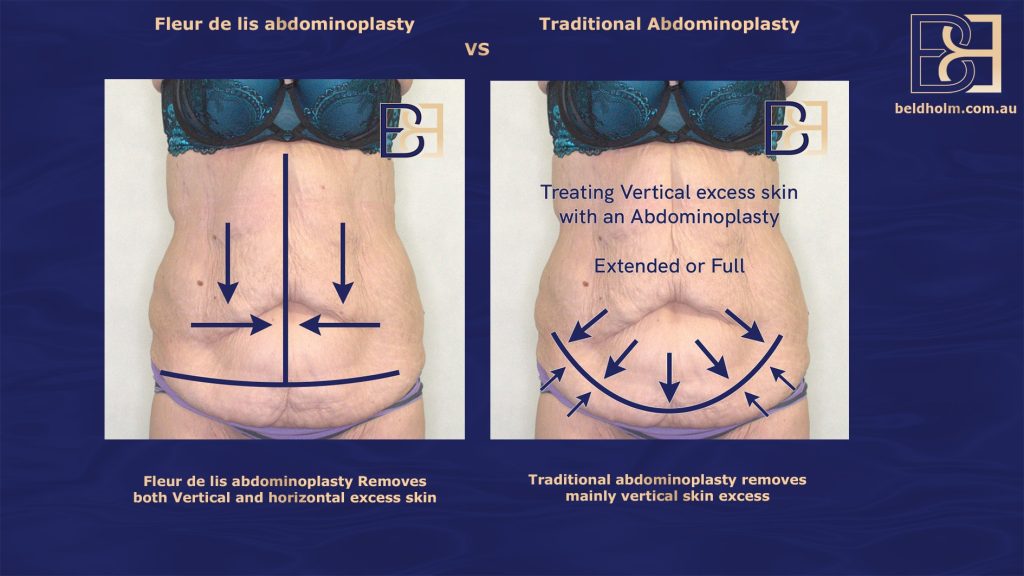
While belt lipectomy offers several aesthetic benefits, it is not suitable for all post-weight loss patients. The decision between belt lipectomy and Fleur de Lis abdominoplasty should be based on the patient’s specific concerns. Understanding the benefits as well as the limitations of belt lipectomy is crucial for choosing the right procedure to achieve the best results.
Ideal Candidates for Body Lift Surgery
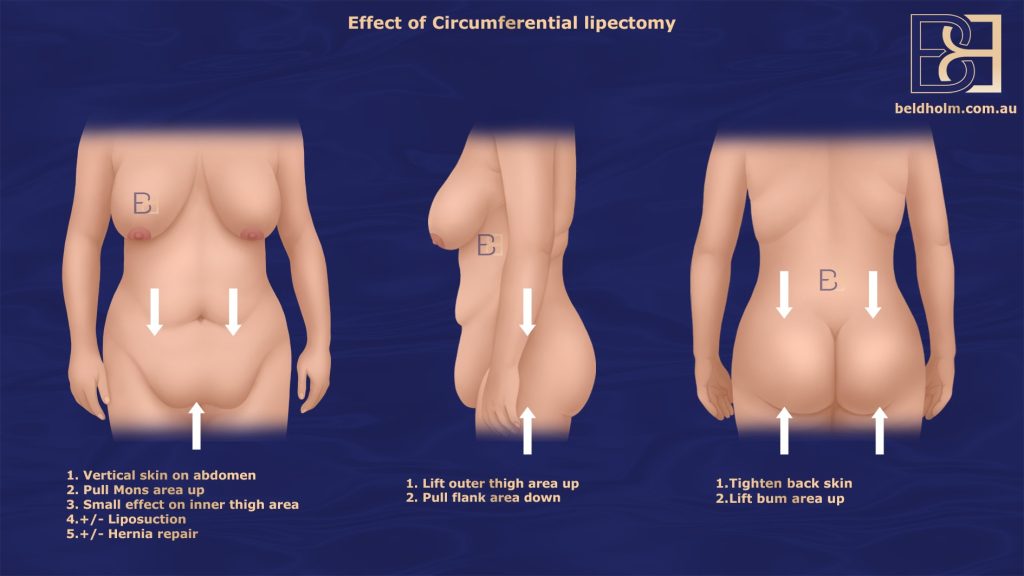
There are several important factors to consider when determining whether a patient is suitable for body lift surgery:
- Health Conditions: Certain health conditions may affect the healing process and influence whether a patient is a good candidate for surgery. Conditions such as bleeding disorders, diabetes, and smoking can interfere with healing and increase the risk of complications. It’s essential that patients have stable health to ensure a smooth recovery and optimal results from surgery.
- Location and Extent of Skin Excess: The ideal candidates for a body lift procedure are those with vertical excess skin, particularly in the circumferential areas, including the lateral thigh and buttocks. These patients typically have loose skin that can be effectively removed by the surgery. If there is significant fat present, liposuction (Suction-assisted lipectomy) may be added to further refine the body contours.
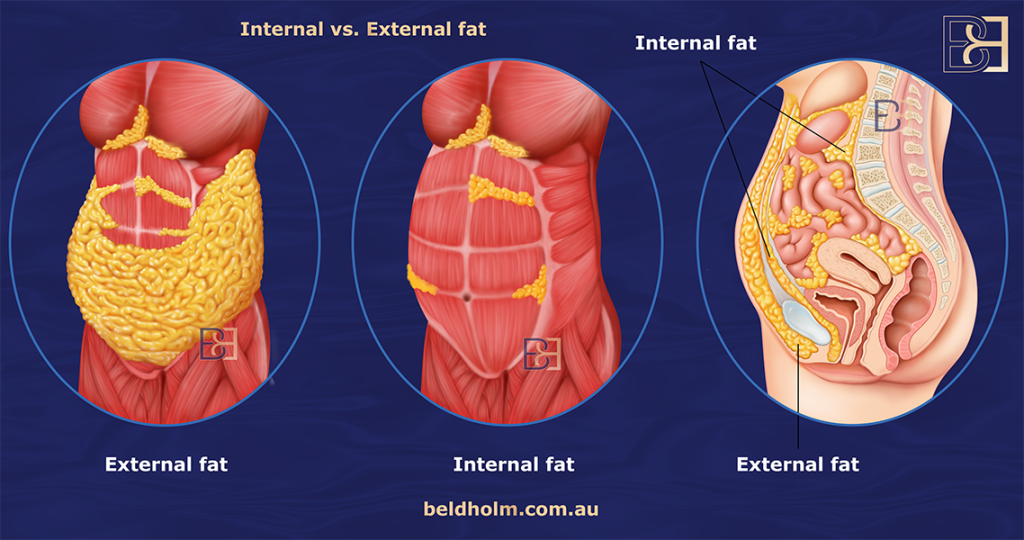
Complementary Procedures
Complementary procedures can significantly elevate the results of circumferential abdominoplasty surgery by targeting additional areas. These procedures include liposuction (Suction-assisted lipectomy), thigh lift (Thighplasty), hernia repair, diastasis recti repair and scar revision, each offering unique benefits that contribute to comprehensive body contouring.
Suction-assisted Lipectomy
Dr. Beldholm typically treats two main types of post-weight loss patients: those who have achieved their ideal BMI and have minimal excess fat, and those who still carry additional external fat. For patients with external fat—fat that is located just under the skin—suction-assisted lipectomy can be a valuable complement to body lift surgery. Suction-assisted lipectomy can be a valuable complement to circumferential abdominoplasty surgery. Suction-assisted Lipectomy is highly effective in removing stubborn fat deposits, refining the shape of areas that may still show signs of excess fat despite significant weight loss.
In these cases, suction-assisted Lipectomy can be performed simultaneously with circumferential abdominoplasty surgery to create a more balanced appearance.
For patients with internal fat—fat located deeper within the body—further weight loss may be necessary before proceeding with surgery. While liposuction (suction-assisted lipectomy) is effective for external fat, it cannot reach deeper fat stores. Dr. Beldholm works closely with these patients to help them achieve their goals through ongoing support and guidance.
By combining suction-assisted lipectomy with circumferential abdominoplasty surgery, Dr. Beldholm offers a comprehensive approach that removes excess skin and fat. This integrated approach often results in optimised aesthetics and overall outcomes.
Thighplasty (Thigh Lift)
Thighplasty (Thigh Lift) primarily refers to an inner thigh lift (Thighplasty), which is designed to remove loose, excess skin in the inner thigh area. Many post-weight loss patients experience discomfort and rubbing, especially during physical activities like exercise. This procedure helps alleviate those issues by tightening and removing the skin in the thigh area.
Depending on the patient’s needs, the thigh lift (Thighplasty) can be performed with or without suction-assisted lipectomy. If there is excess fat in addition to loose skin, suction-assisted lipectomy can be added to boost the results. For patients with more skin than fat, a thigh lift (Thighplasty) alone is typically sufficient.
A lateral thighplasty (external thigh lift), which focuses on the outer thigh, is usually performed through a side lipectomy or as part of a circumferential abdominoplasty. This helps further refine the shape of the thighs and hips for a more balanced overall appearance.
Hernia Repair
Hernia repair can be seamlessly integrated into a Circumferential Abdominoplasty (body lift) surgery, which focuses on any hernias that may have developed as a result of significant weight loss. This surgical procedure involves repairing weakened or torn muscle tissue, often in the lower abdomen, to prevent further complications and ensure optimal healing.
Incorporating hernia repair into the body lift allows underlying issues to be repaired in a single surgical session while achieving comprehensive body contouring.
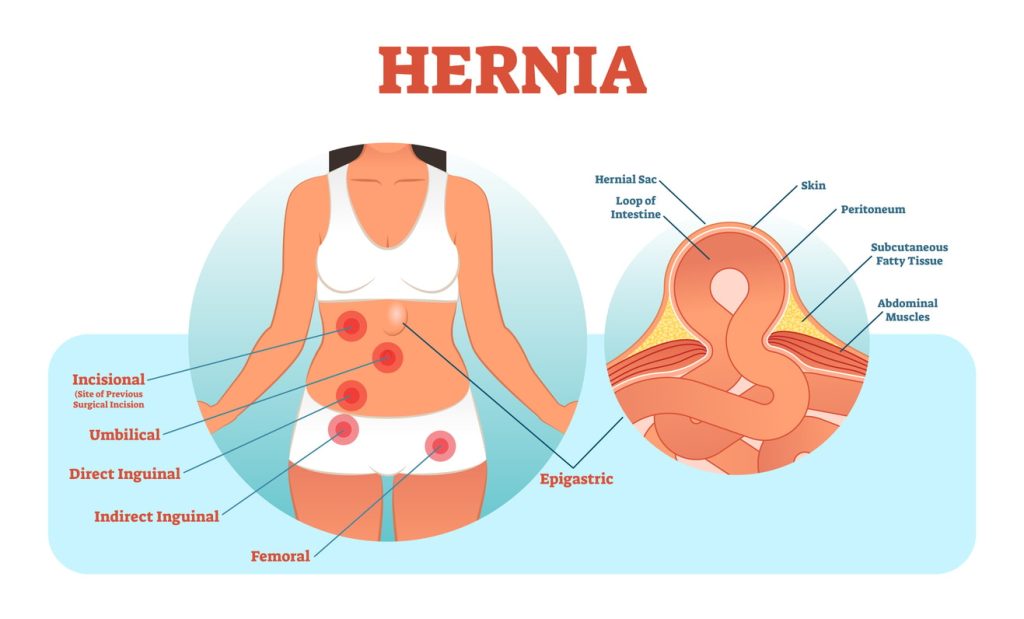
Diastasis Recti Repair
Diastasis recti repair is a crucial component of body contouring surgery, particularly for patients who have experienced significant weight loss or pregnancy. This condition, characterised by the separation of abdominal muscles, can be effectively incorporated into a Circumferential Abdominoplasty.
The surgical repair involves suturing the separated muscles to tighten and strengthen the abdominal wall, optimising both the appearance and functionality of the abdomen. This repair not only adds functional strength and stability to the core, but also contributes to a smoother and firmer abdominal contour.
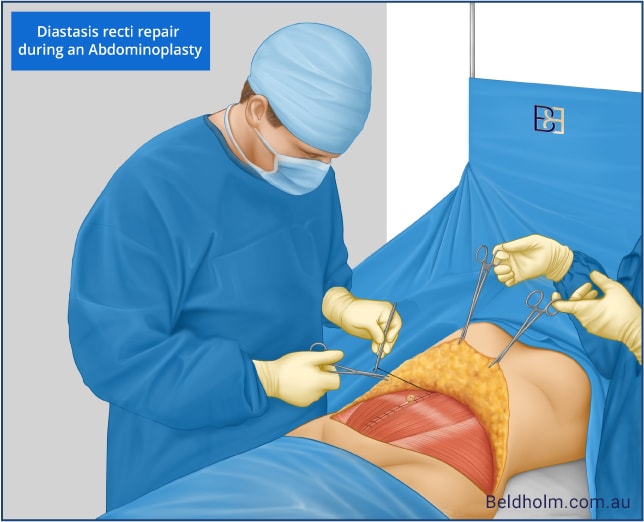
Scar formation
The formation of scar tissue is a natural part of healing, as the body produces collagen to close incisions. However, the appearance and type of scars can vary, with some patients developing hypertrophic or keloid scars, which are raised and can extend beyond the original incision area. Surgical scar revision involves removing excess tissue and rearranging healing tissues to reduce the scar’s prominence, providing a more aesthetically pleasing result.
Effective scar management begins even before surgery, with patients advised to maintain a balanced diet and hydration to facilitate healing. Post-operative care is also crucial, including proper wound management to prevent infection and minimise scar visibility.
Non-surgical options like laser therapy and topical treatments can also significantly lessen the appearance of scars by promoting skin cell growth and minimising discolouration. Regular follow-ups with Dr Beldholm ensure that any concerns are resolved promptly, contributing to the overall success of the scar healing process.
Recovery and Healing Process
The recovery and healing process following circumferential abdominoplasty surgery with Dr. Bernard Beldholm is a crucial phase that requires careful attention and management to ensure the best possible results. Dr. Beldholm personally sees patients each day in the hospital during their stay to monitor progress, manage pain, and resolve any potential concerns. After discharge, patients are asked to return to Dr. Beldholm’s practice for follow-up visits as part of their continued recovery.
The first two weeks following surgery are an intense period of care. During this time, wound care is a key focus, with treatments like Healite LED light therapy and regular dressing changes. These measures are critical for promoting healing and preventing complications. Dressing charges will apply as part of this ongoing care. The primary goal during this period is to detect any signs of complications or infection early and to manage them aggressively to avoid long-term issues. This proactive approach ensures the final result is as optimal as possible.
Patients are also required to wear compression garments throughout the healing process, typically for the first four weeks post-surgery. These garments help reduce swelling and support the surgical site while promoting healing and minimising fluid accumulation (seroma).
While light activities may be resumed around the two-week mark, it’s essential for patients to avoid heavy lifting and strenuous activities to prevent compromising the healing process. Regular follow-ups with Dr. Beldholm ensure that any concerns are resolved promptly, contributing to a smooth recovery and the best possible long-term outcome.
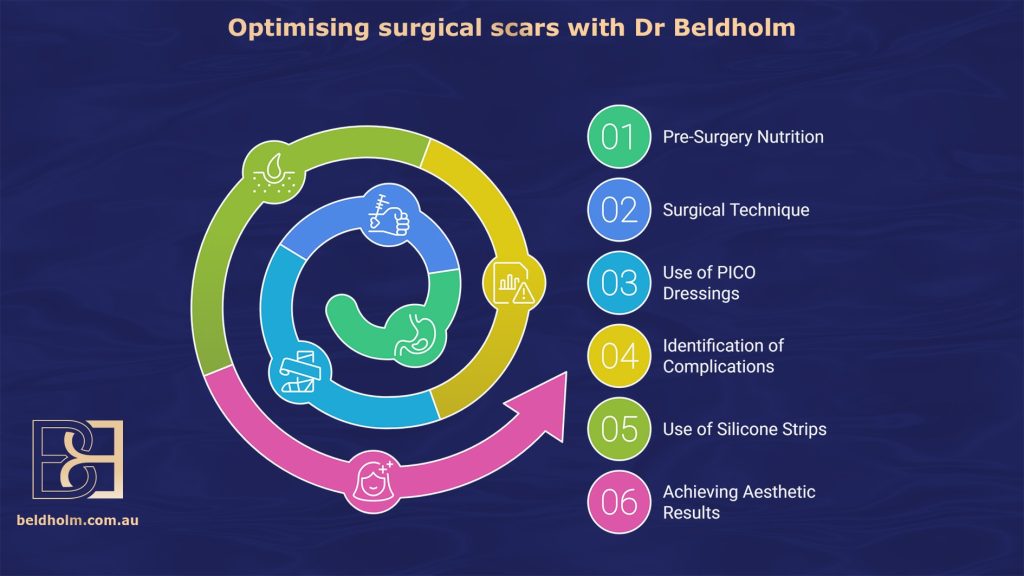
Managing Scars Post-Surgery
Managing scars is an integral part of the healing process following body lift surgery. Scar formation is a natural outcome, but Dr. Beldholm takes proactive steps to reduce the visibility and impact of scars from the outset. Effective scar management begins before surgery, with careful attention to nutrition, which is essential for skin healing. Proper nutrition provides the body with the necessary vitamins and nutrients to support tissue repair and reduce the risk of complications.
During surgery, Dr. Beldholm carefully manages the tension in the incision to ensure the best possible scar formation. By using deep sutures, he helps support the incision, which aids in the proper healing of the skin and reduces strain on the wound.
Following surgery, Dr. Beldholm employs PICO dressings to ensure proper wound healing. You will also be given Healite II treatment, a form of low-light therapy that utilises LED lights to promote skin healing. Early identification and management of complications such as wound breakdowns or infections are key.
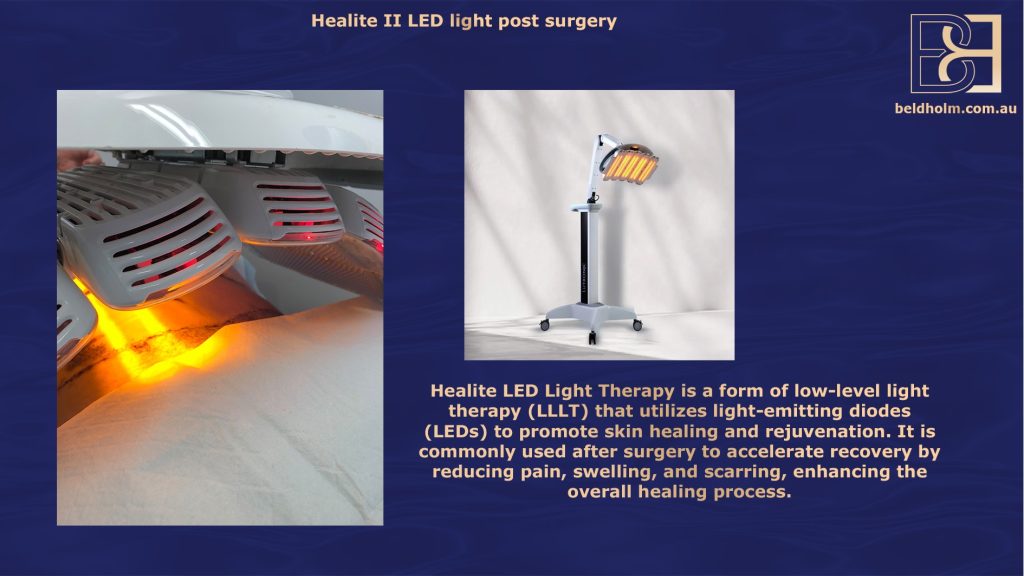
From four weeks onward, Dr. Beldholm recommends the use of silicone strips, which have been shown to reduce scar visibility and promote smoother, flatter healing. These strips help hydrate the scar area and are essential for long-term scar management.
By combining careful surgical techniques, proactive post-operative care, and the use of proven scar management products, Dr. Beldholm ensures that his patients have positive outcomes.
Risks and Complications
Like any major surgery, circumferential abdominoplasty surgery carries certain risks and complications, which Dr. Beldholm takes great care to discuss with his patients during the consultation process. One of the primary concerns is excessive bleeding, which may require a blood transfusion during or after the procedure, depending on the amount of skin removed. Infections are another potential risk, and in such cases, antibiotics or additional surgical intervention may be required.
Additionally, patients may experience allergic reactions to materials used during the surgery, such as sutures or dressings, though Dr. Beldholm ensures that every effort is made to minimise this risk. Another serious complication that can occur is the formation of blood clots or haematomas under the incision sites, which could require further surgical intervention to resolve. In rare cases, severe complications such as heart attacks or strokes may occur due to blood clots that form during or after the surgery.
Mobility restrictions due to tightened skin around the operated areas can also pose challenges during the recovery period. Dr. Beldholm emphasises the importance of realistic expectations and thorough pre-surgery discussions to help patients prepare for the potential risks and understand the recovery process. He ensures that each patient is well-informed in their decision to proceed with surgery. Regular follow-ups are essential for avoiding long-term complications and contributing to optimised results.
Final Conclusions by Dr Beldholm
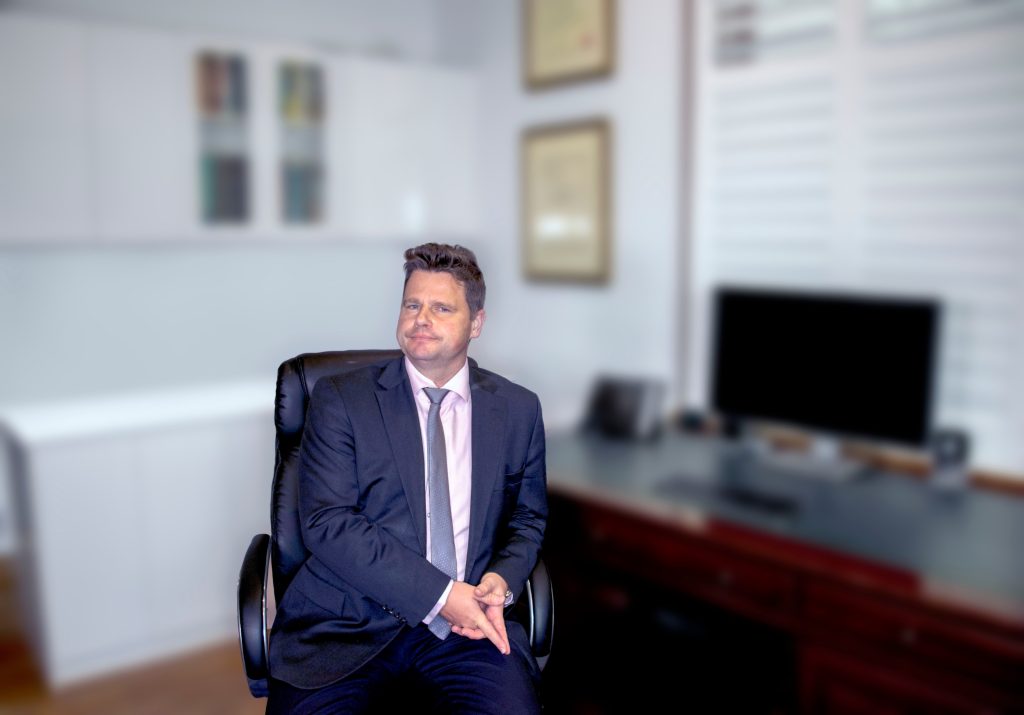
Circumferential Abdominoplasty is a comprehensive procedure designed to eliminate the excess skin and fat that often remain after significant weight loss, whether from bariatric surgery, pregnancy, or lifestyle changes. Just like any major surgery, however, there are inherent risks, including bleeding, infections, blood clots, and complications related to healing.
When I meet with patients, I carefully assess each individual’s needs to determine the best approach for their surgery. This includes considering the location of excess skin and fat, any underlying medical conditions, and the patient’s overall health. My goal is always to customise the surgery to meet the unique needs of the patient and provide the best possible results.
I believe that early intervention in managing potential complications is key, particularly during the first two weeks of recovery. This period is crucial for wound care, scar management, and closely monitoring for signs of infection or other issues that could affect healing. I ensure my patients receive the highest level of care before, during, and after surgery to achieve optimal outcomes.
In my experience, with the right preparation, realistic expectations, and attentive post-operative care, Circumferential Abdominoplasty surgery can make a significant impact on a patient’s appearance and comfort.
Learn more about the recovery process following Circumferential Abdominoplasty.
Learn more about the potential complications associated with Circumferential Abdominoplasty.
Learn more about the costs of Circumferential Abdominoplasty.
Frequently Asked Questions
What is Circumferential Abdominoplasty surgery used for?
Circumferential Abdominoplasty surgery is primarily utilised to repair a patient’s appearance and comfort level following substantial weight loss, whether from bariatric procedures or lifestyle changes. This surgical intervention targets excess skin and tissue, reshaping affected areas.
On what areas of the body can a Circumferential Abdominoplasty focus?
A Circumferential Abdominoplasty can effectively shape the abdominal region, hips, buttocks, and thighs, providing a more toned appearance. This procedure targets multiple areas to achieve overall body functionality and aesthetics.
Who are ideal candidates for Circumferential Abdominoplasty surgery?
Ideal candidates for Circumferential Abdominoplasty surgery are those who have experienced significant weight loss and are left with excess, loose skin that cannot be resolved through diet and exercise alone. This procedure is best suited for individuals who have achieved a stable body weight and are seeking to restore physical appearance and comfort.
What should patients expect regarding scarring after the surgery?
Patients should expect visible scarring after the surgery; however, surgeons will strategically position scars to reduce visibility.
